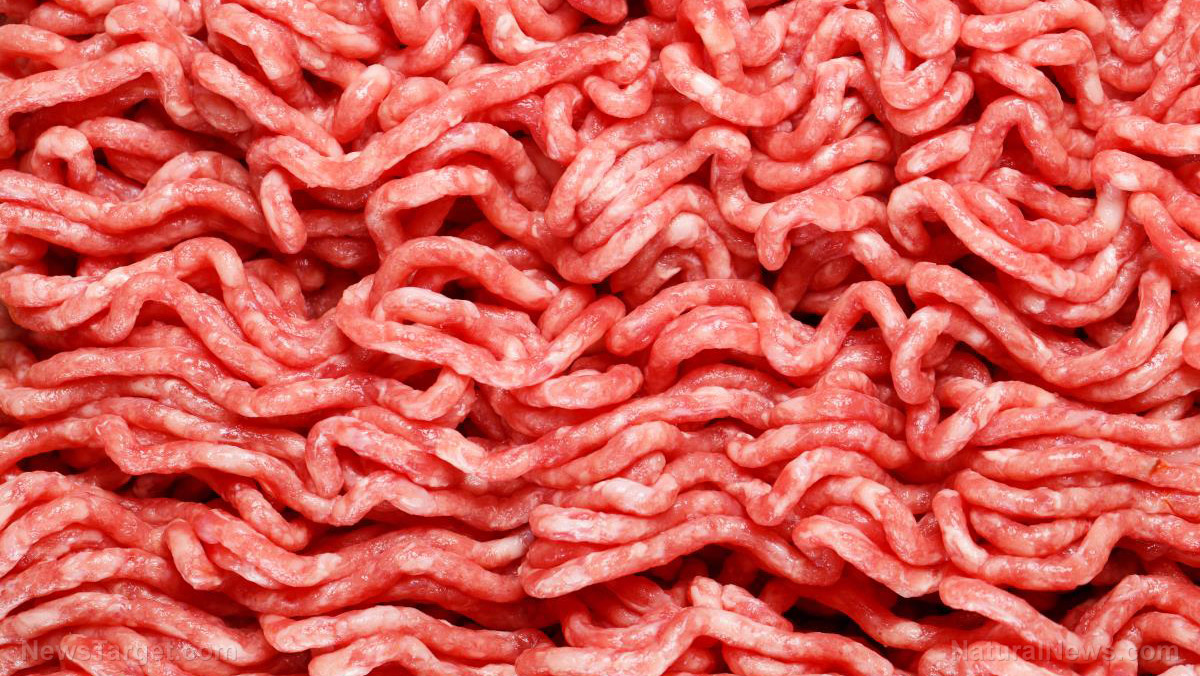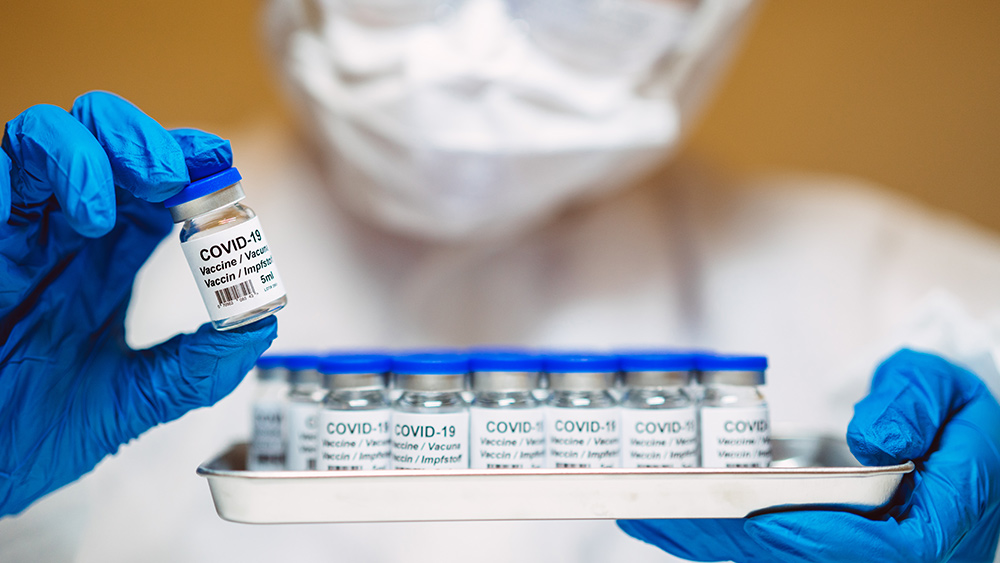 Parler
Parler Gab
Gab
The latest Consumer Price Index (CPI) data showed that inflationary price increases are not resetting as fast or as uniformly as consumers want, Harig said. The 10.2% increase in food-at-home prices’ annual rate in February was down from the 11.3% recorded in January and 11.8% in December 2022, per the latest CPI data from the U.S. Bureau of Labor Statistics. Overall inflation continued to drop in February to a yearly pace of 6% — the smallest 12-month increase since the period ending September 2021, per the BLS.
 According to United States Department of Agriculture (USDA) estimates "food price inflation could increase another 8% this year after racing to its highest level last year (9.9%) since 1979."
A visual of the price jumps over the past two years, tells us so much more than any amount of text can.
According to United States Department of Agriculture (USDA) estimates "food price inflation could increase another 8% this year after racing to its highest level last year (9.9%) since 1979."
A visual of the price jumps over the past two years, tells us so much more than any amount of text can.
 So when they say food inflation "only" went up 9.5% in February in comparison to February 2022, which "only" rose 7.9% year over year from 2021, they are downplaying the amount of pain those living paycheck to paycheck are feeling year after year.
The entire chart from 1968 to present day can be seen at this link, and we would like to note that very rarely do you see any negative numbers, meaning food prices do not go down after rising this high, they simply rise by less of a percentage.
More:
So when they say food inflation "only" went up 9.5% in February in comparison to February 2022, which "only" rose 7.9% year over year from 2021, they are downplaying the amount of pain those living paycheck to paycheck are feeling year after year.
The entire chart from 1968 to present day can be seen at this link, and we would like to note that very rarely do you see any negative numbers, meaning food prices do not go down after rising this high, they simply rise by less of a percentage.
More:
“We’re predicting food-at-home prices will continue to increase, albeit at a slower rate than last year. Food-at-home prices at this level (in 2022) had not been observed since 1974,” MacLachlan said at USDA’s 99th annual Ag Outlook Forum. The higher prices will continue to affect pretty much anything shoppers put in their carts or order out. No segment of the food market will be spared from historically high inflation again this year, according to USDA. “This is a very high level of inflation. It isn’t attributable to any category, but rather it’s driven by higher prices across the board,” MacLachlan said. “Prices for all food categories increased at least 5% in 2022.”What the data tells us is that our eyes are not lying to us every time we go to the grocery store, and food inflation is going to get worse, and we are likely to never see the prices we witnessed in 2020 or even 2021.
 MEATS, BUTTER, EGGS AND DAIRY...
mLive.com details how meats like beef, bacon, and sausage hit a 16% increase at one point, and chicken and pork products have also increased significantly and while some have "relaxed" a bit, the prices are still much higher than they were and are likely to stay that way.
Other items listed:
MEATS, BUTTER, EGGS AND DAIRY...
mLive.com details how meats like beef, bacon, and sausage hit a 16% increase at one point, and chicken and pork products have also increased significantly and while some have "relaxed" a bit, the prices are still much higher than they were and are likely to stay that way.
Other items listed:
Butter has gone up by over 31% and margarine by almost 44%. Milk has seen a decline in global production in the last 12 months, which is why milk, butter, and other dairy product prices have increased in cost. Margarine is made from vegetable oil, which has gone up in price itself due to global shocks in areas of production.The image above comes from an ANP reader, and the note that came with it stated "I use heavy cream to make ice cream using my own fresh goat milk. It has been almost impossible to find since Christmas! I live in Southern Pa. So frustrating." Eggs have seen the highest increases year over year, which brings us to the recent reports that Dollar tree reportedly cannot afford to continue selling eggs due to the extremely high prices.
In recent months, the price of eggs has significantly increased. The cost of eggs jumped 38% for producers annually in February and 55% for shoppers. The average cost for a dozen Grade A large eggs was reported at $4.21. CNN reports that the significant price surge is due to short supply caused by deadly avian flu as well as high production costs and egg producers increasing their own profits.They do plan to bring eggs back to their stores when "costs are more in line with historical levels," which may or may not happen since, as I pointed out earlier, rarely do we see prices go down to what they were before massive inflation hits. Read more at: AllNewsPipeline.com
Generative AI could replace up to 300 million mostly white-collar jobs worldwide
By Arsenio Toledo // Share
Western finance is on its last legs: WATCH as the Health Ranger and Bob Moriarty discuss
By Ethan Huff // Share
Global fake food market projected to be worth up to $3 trillion in the near future
By Arsenio Toledo // Share
Governments continue to obscure COVID-19 vaccine data amid rising concerns over excess deaths
By patricklewis // Share
Tech giant Microsoft backs EXTINCTION with its support of carbon capture programs
By ramontomeydw // Share
Germany to resume arms exports to Israel despite repeated ceasefire violations
By isabelle // Share










